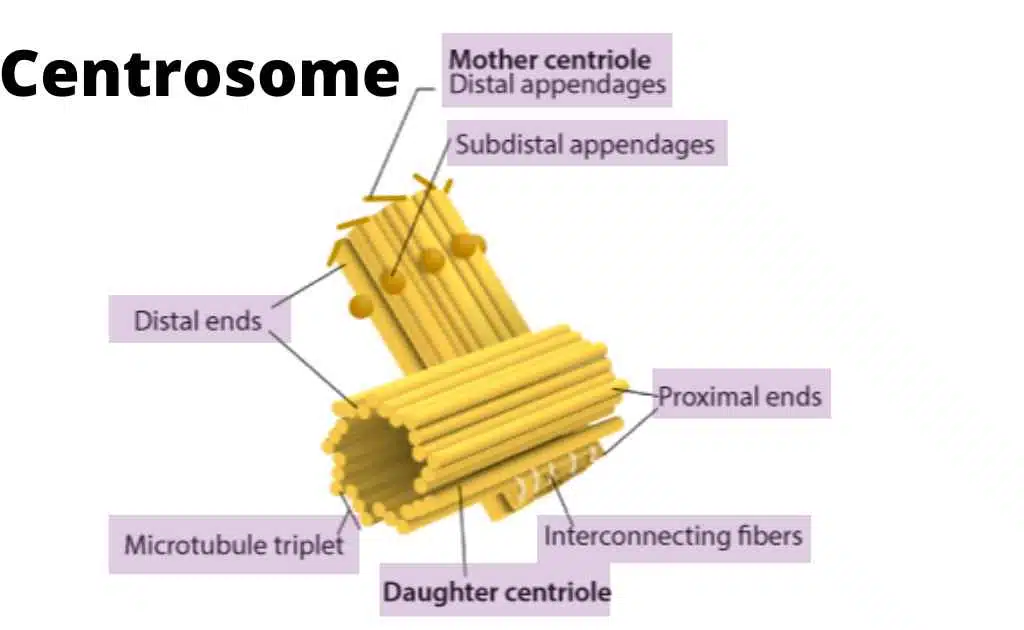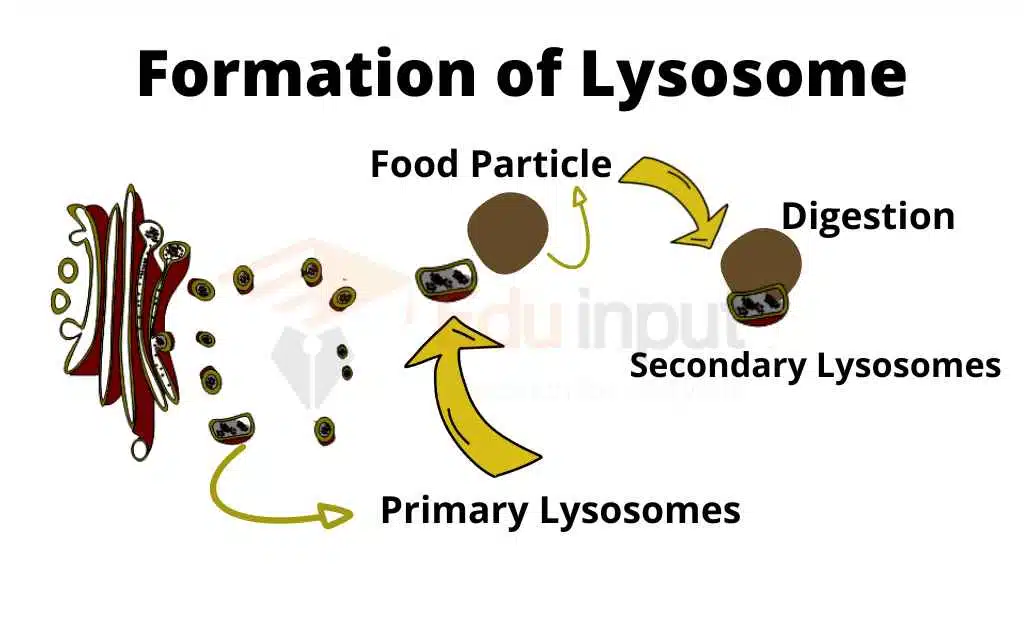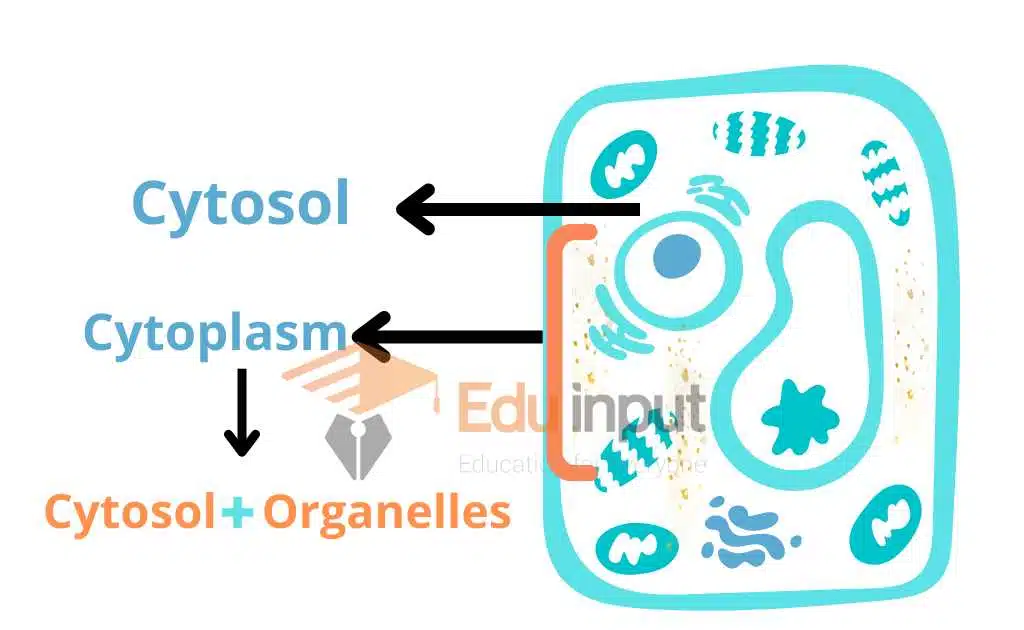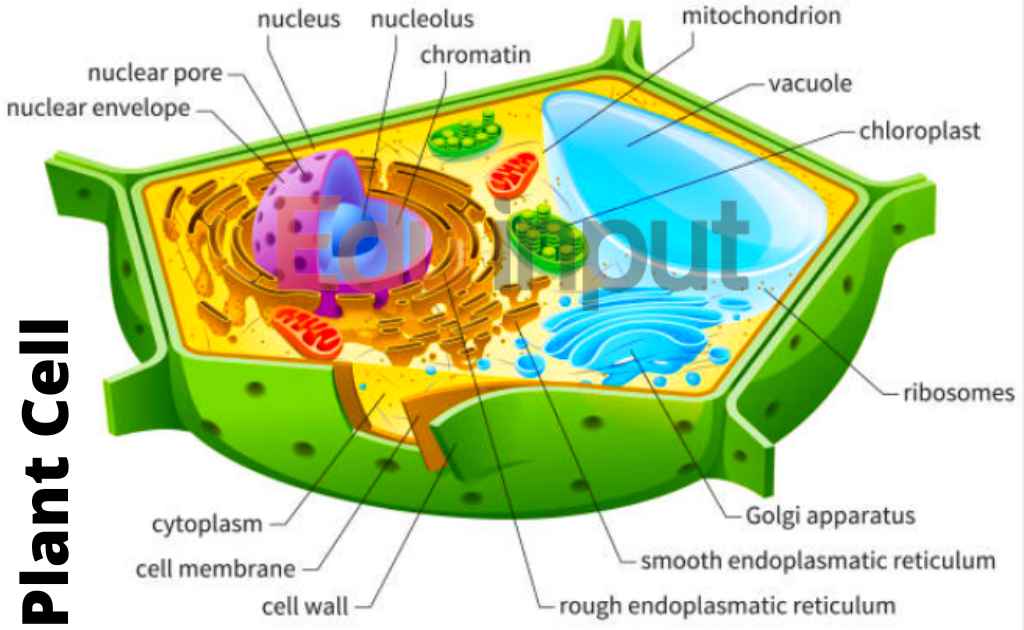What are Centrosomes?-Structure and Functions
Centrosomes are tiny structures present in the cell which are made of two parts, i.e., microtubules and centrioles. The centrioles consist of triplets of nine hollow cylindrical subunits called triplets. The triplets are arranged in an orderly fashion in the center of the centrosome. The microtubules are formed by tubulin, and they are made up of protein tubulin.
Structure of Centrosome
A centrosome is one of the most important cellular organelles, and it is located near the nucleus. The centrosome consists of two structures, i.e., microtubules and centrioles.
Centrioles and microtubules work together to form the centrosome and they provide structural support to the cell.
Centrosomes are composed of pericentriolar matrix, procentrioles, centrioles and sub-distal appendages.
Pericentriolar matrix: This is a scaffold of pericentriolar proteins which provide a framework for the centrioles and sub-distal appendages.
Procentrioles: These are the tubular structures that are created by the centrioles. They consist of three parts i.e. wall, cylinder, and root.
Centrioles: They are cylindrical organelles that are surrounded by the pericentriolar matrix. They have nine doublets of microtubules arranged in a parallel fashion and they also have a central apparatus.

Formation Of Centriole
The daughter centriole is formed after the division of the mother centriole and it provides the microtubules to the daughter cell. The daughter cell has two sets of microtubules which are made up of protein tubulin, and they are known as daughter and daughter’s microtubules. The daughter microtubule helps to form the cell wall.
These microtubules are the building blocks of the centrosome, and they are responsible for providing support to the cell. The centrioles are the central part of the centrosome. There are two sets of these microtubules, and each of them has nine double centrioles.
Arrangement Of Centriol
In order to maintain the balance, the centrioles are arranged in a certain way. The number of centrioles is one more than the number of microtubules, and they provide the necessary structure to the cell.
Centrosomes are very essential as they help in the formation of the mitotic spindle. They also help to organize microtubules and they also help in centriole biogenesis. So, centrosomes help to divide the chromosomes during cell division.
Sub-distal appendages: These are tiny cytoplasmic protrusions and they are formed due to the presence of certain proteins.
Functions Of Centriol:
1. Organization of microtubules: Microtubules are the hollow cylinders that are formed in the centrioles and assist in cell division. Microtubules help in the organization of the chromosomes at the time of cell division.
2. Function in biogenesis: They also assist in the biogenesis of the centrioles.
3. Sub-distal appendages: They assist in the formation of the sub-distal appendages.
Frequently Asked Question-FAQs
What is the main function of the centrosomes?
It is involved in cell motility, polarity during interphase, and also assists the cell in the organization of the spindle poles during mitosis.
How many centrosomes are present in cell?
There are two centrosomes present inside the cell, that divide during cell division and move to the opposite poles of the spindle apparatus.
What is the role of centrosomes in mitosis?
It helps in the organization of the mitotic spindle and coordinates the cell cycle.






Leave a Reply